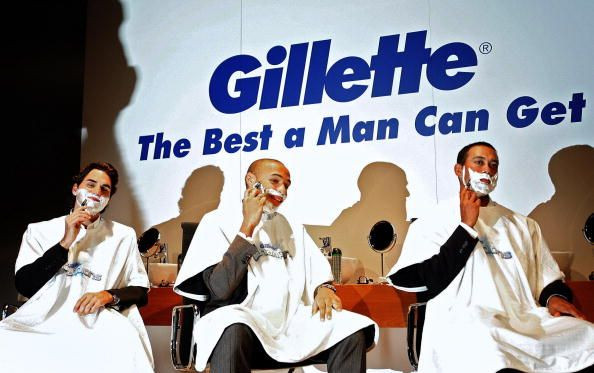Digital Publishers Promise New Ways To Make Ads Go Viral In The Post-Website Era

The modern digital media company has so much to do: Besides making sponsored content for its advertising partners, it now has to help those partners figure out where the content will live.
Just a few years after every digital media company promised to start making sponsored content — shorthand for advertisements dressed up to look like a website’s original content — a growing number of those same media companies are now vowing to help blast the advertisements across the social web as more readers discover and consume content away from the websites that make it.
“We’re incredibly excited to now offer our brand partners the opportunity to extend the reach of their multiplatform campaigns,” Mashable founder and CEO Pete Cashmore said Friday, ahead of his company’s annual presentation to advertisers during the IAB NewFronts in New York.
Companies like Mashable are doing this because the winds of change are blowing. Recently, large social networks like Facebook, which used to drive tons of traffic to publishers, have decided they would like to keep that traffic to themselves, and they’ve begun to let publishers house their content directly on their platforms.
That, in turn, has pushed publishers to drastically reconsider how they make and distribute their content. Last year, BuzzFeed told advertisers it had stopped sowing links to its content across the social web and instead started creating content that would live directly on platforms like Facebook, Instagram and Snapchat. The result, for BuzzFeed, has been a mammoth spike in its audience, but most of that growth is occurring somewhere other than BuzzFeed.com. Less than 5 percent of the company's 3 billion monthly video views occur on the company’s website.
But advertisers don’t want to be part of that less than 5 percent that lives on the website. They want a piece of the action that’s happening away from the publishers’ sites, which makes sponsored content that lives solely on a publisher's website a tougher sell. “A distributed media landscape made it more challenging,” Paul Kelly, chief partnerships officer for Awesomeness TV, told International Business Times.
In plain English, advertisers don’t want something that lives only on your website. They want you to make something that will be blasted across the same platforms that digital publishers like BuzzFeed, Mashable et al. spray their content across. And starting this year, they are getting the opportunity.
On Friday afternoon, Mashable is expected to announce that Velocity, a set of tools it developed in-house to identify viral content and optimize stories for sharing across the social web, will be available for use when advertisers come to Mashable looking for branded content. It makes Velocity available two years after first announcing a partnership with digital ad agency 360i. Three other agencies — Golin, Wunderman and the media agency MEC — all currently use it.
Two days earlier, the DreamWorks-owned AwesomenessTV said it had partnered with ZEFR, a digital video rights management and analytics service, to help identify videos that its branded content could live beside. “Targeting based on what people like to watch is really powerful,” Kelly said.
Even the homes of all that video content are making it easier for brands to piggyback on viral activity, wherever it might be. Last Thursday, YouTube made waves among advertisers when it announced that they would be able to buy ads on videos that were going viral on YouTube, a stark contrast from the days when advertisers could either buy audience or buy against videos in a certain kind of channel.
Whether this has a meaningful effect on the appetite for sponsored content remains to be seen. But it certainly raises the stakes for it.
© Copyright IBTimes 2025. All rights reserved.





















